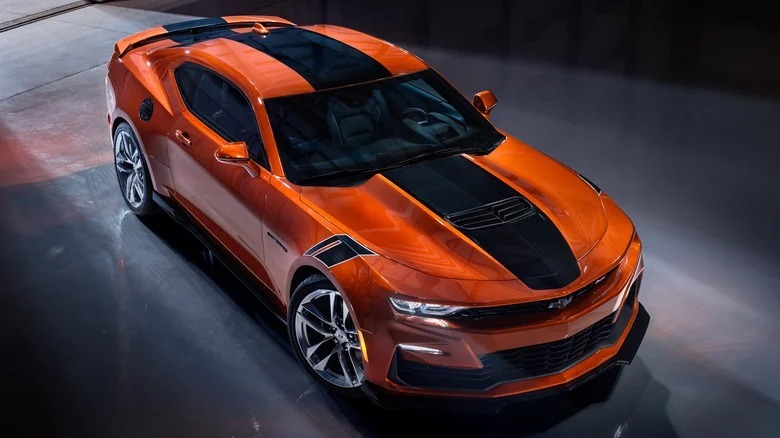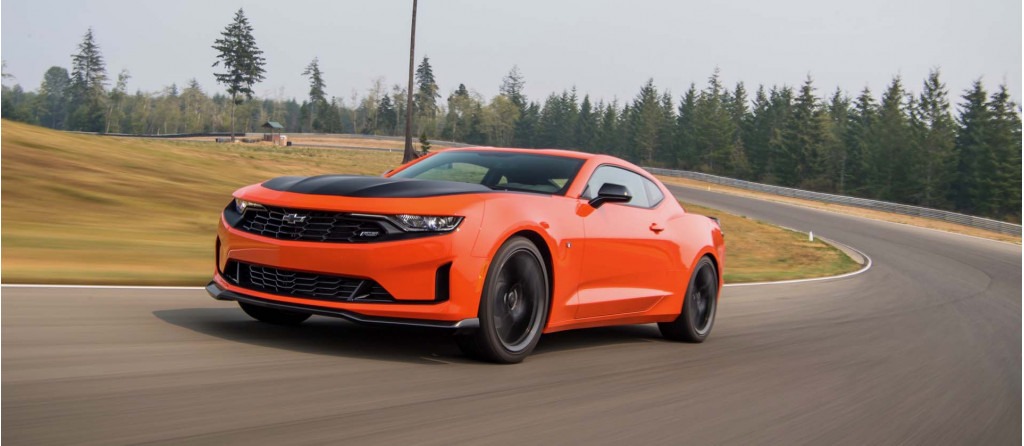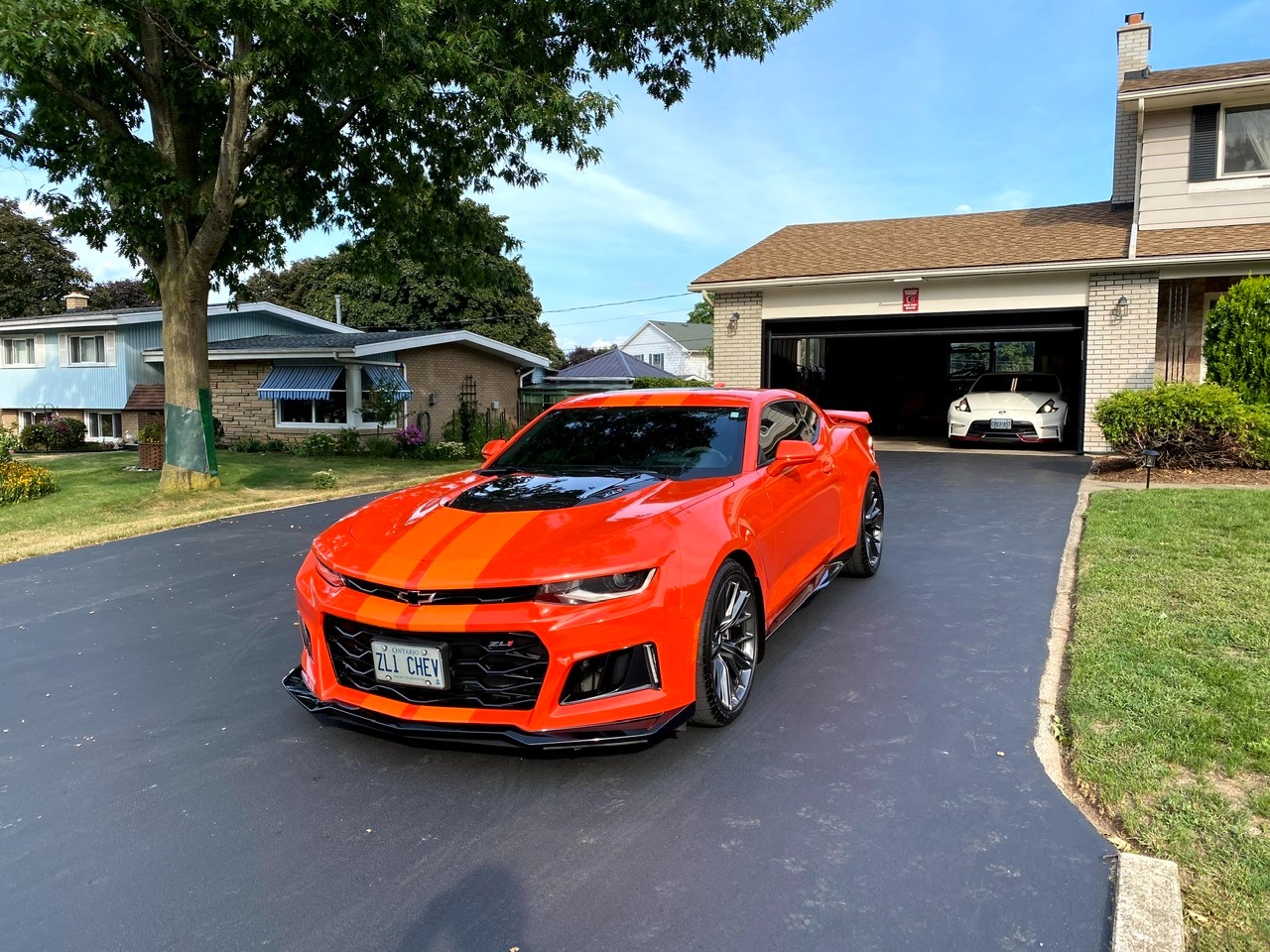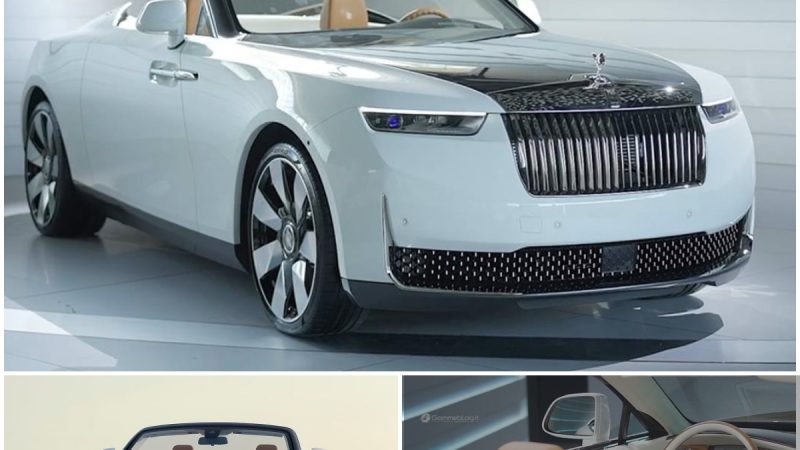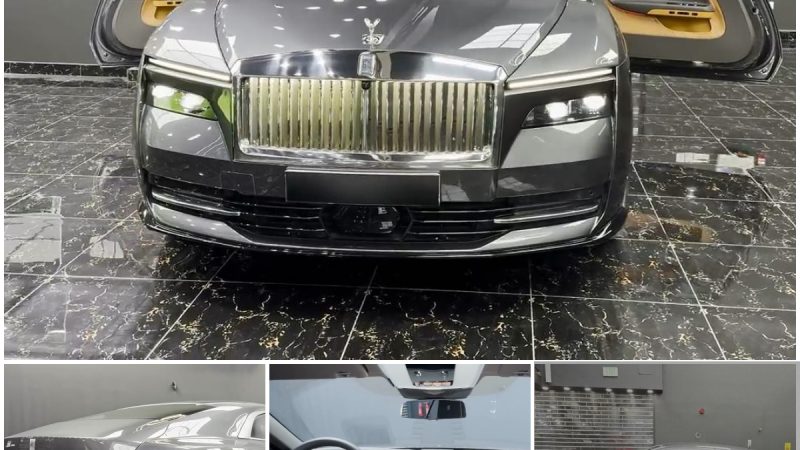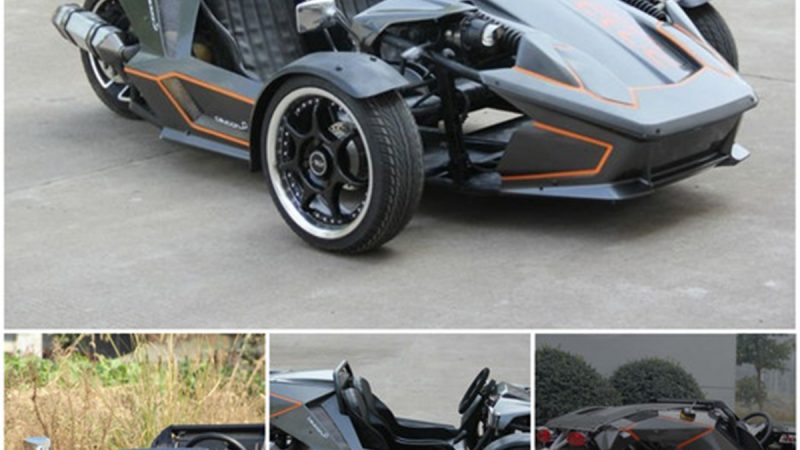As the sun sets on the sixth-generation Chevrolet Camaro, marking the end of its nine-year journey in 2024, questions linger about its legacy and place within the pantheon of American muscle cars. Unlike its predecessors and rivals, this iteration of the Camaro struggled to carve out a definitive niche for itself, consistently overshadowed not only by other iconic muscle cars but also by Chevrolet’s own lineup.
Why 6th-Gen Camaro Fell Short of Attaining True Muscle Car Status?
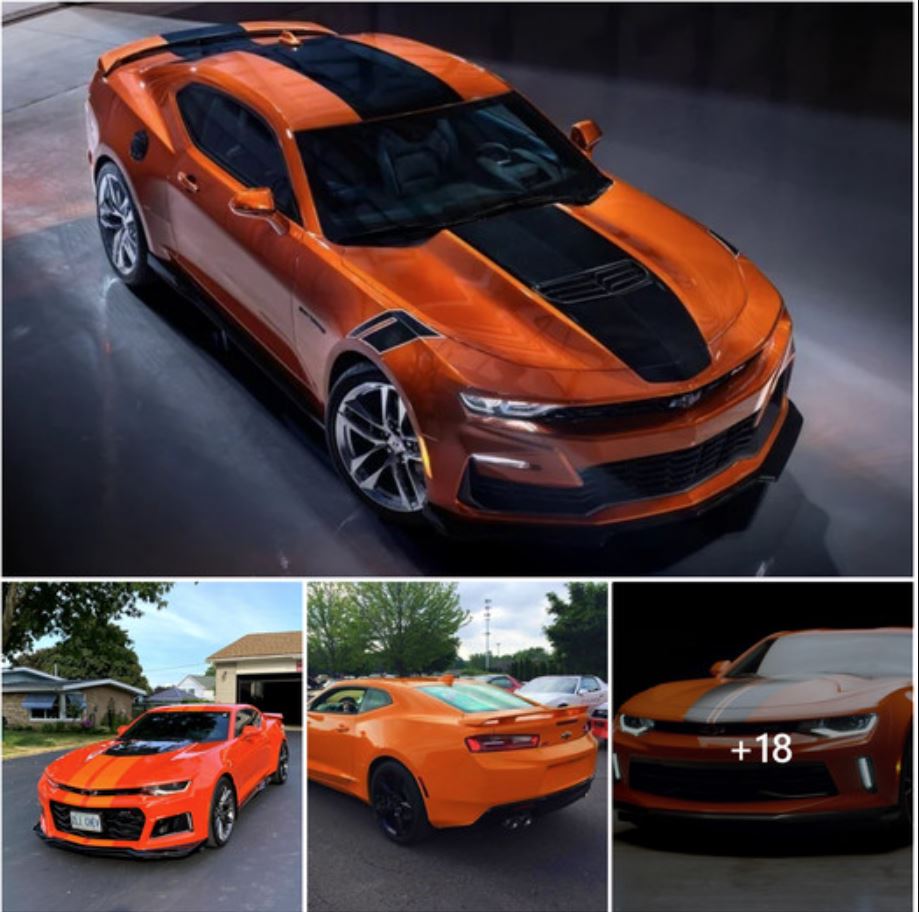
The Identity Crisis of the Sixth-Generation Camaro
The latest Camaro’s journey has been complex, marked by an apparent identity crisis and a failure to truly distinguish itself in a competitive market. This generation lacked the dramatic evolution in style and performance seen in previous revamps. Instead, it presented a conservative approach, where the design tweaks were minimal, making it difficult to excite consumers or surpass its historical benchmarks.
Performance Pitfalls
When it came to performance, the sixth-generation Camaro found itself in a tough spot. While it continued to offer the muscular V8 options enthusiasts expected, the introduction of a 2-liter turbocharged four-cylinder engine was a nod towards fuel efficiency and emissions standards rather than raw power. This engine choice, though practical, did little to stir the hearts of traditional muscle car aficionados who prioritize throaty engines and explosive acceleration over ecological considerations.
The Competition Outshines
The real challenge came from Chevrolet’s own stable and competitors. The Corvette, for instance, continued to evolve with groundbreaking innovations and performance upgrades, firmly maintaining its spot at the pinnacle of American sports cars. Meanwhile, the Ford Mustang not only retained its iconic status but also adapted more aggressively, integrating modern technology and design while staying true to its muscle car roots.
The Dodge Challenger, on the other hand, managed to capture the imagination of the muscle car market with a series of special editions and high-performance models like the Hellcat and Demon. These models not only boasted superior power but also played heavily on nostalgia and the emotional appeal of American muscle, aspects where the sixth-gen Camaro conspicuously lagged.
Cultural and Market Impact
Culturally, the Camaro struggled to resonate as deeply as its counterparts. While previous generations starred in films and became pop culture icons, the latest generation lacked significant cultural moments that could have elevated its status. Its role in media and entertainment was overshadowed by competitors and even other vehicles in Chevy’s lineup.
Looking Ahead
With no immediate successor in sight, the future of the Camaro remains uncertain. This pause, or possible end, might reflect a strategic retreat and rethinking by Chevrolet as they consider the evolving automotive landscape, which increasingly favors electric vehicles and SUVs over traditional coupes.
The sixth-generation Camaro’s inability to assert itself as a true muscle car speaks to a broader issue of identity and market positioning. In an era where nostalgia plays a significant role in consumer preference, perhaps it was the Camaro’s reluctance to fully embrace its heritage or boldly innovate that led to its overshadowed existence. As Chevrolet potentially rethinks the Camaro’s future, the legacy of the sixth generation serves as a reflective point on the need for balancing tradition with innovation in the competitive automotive market.
